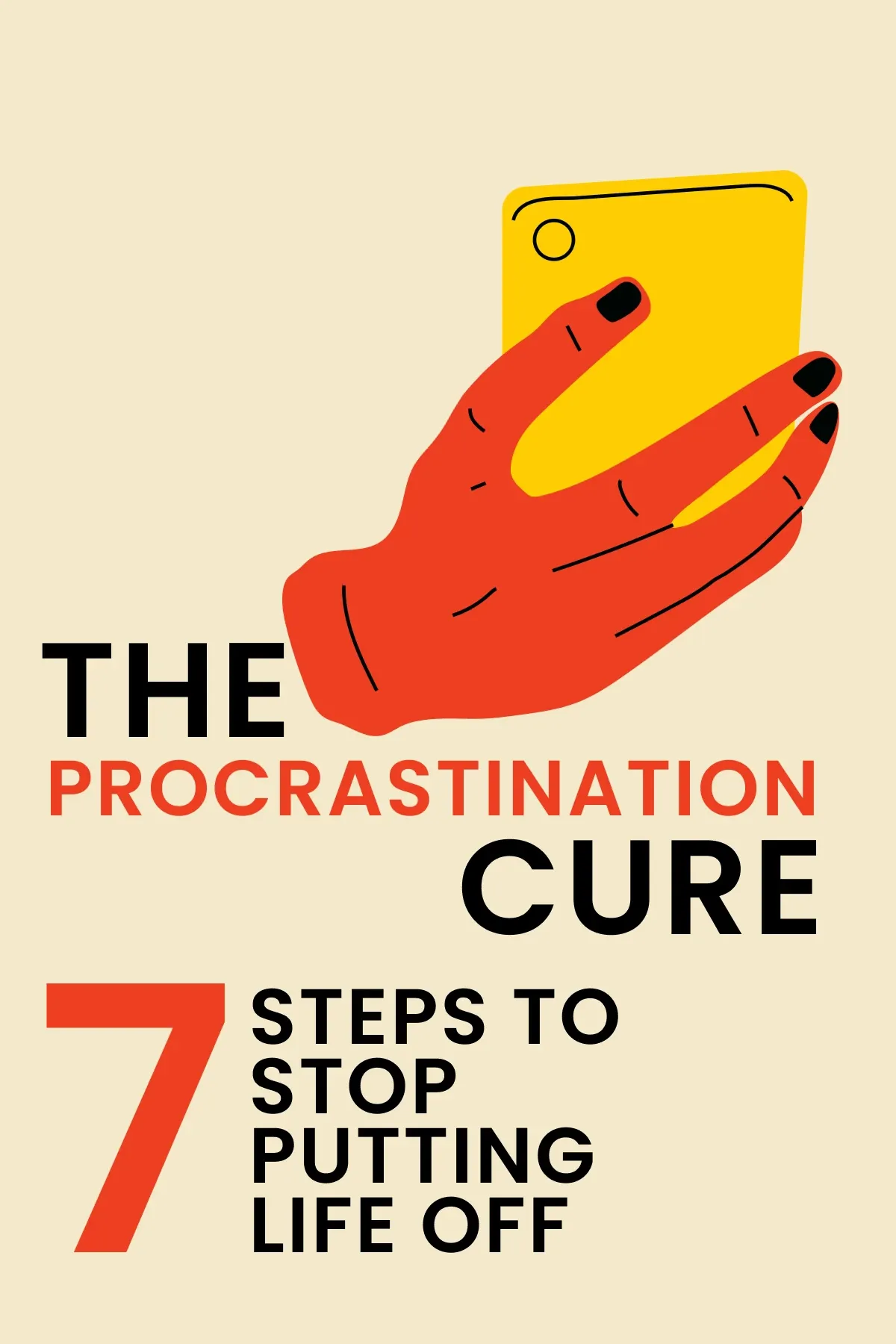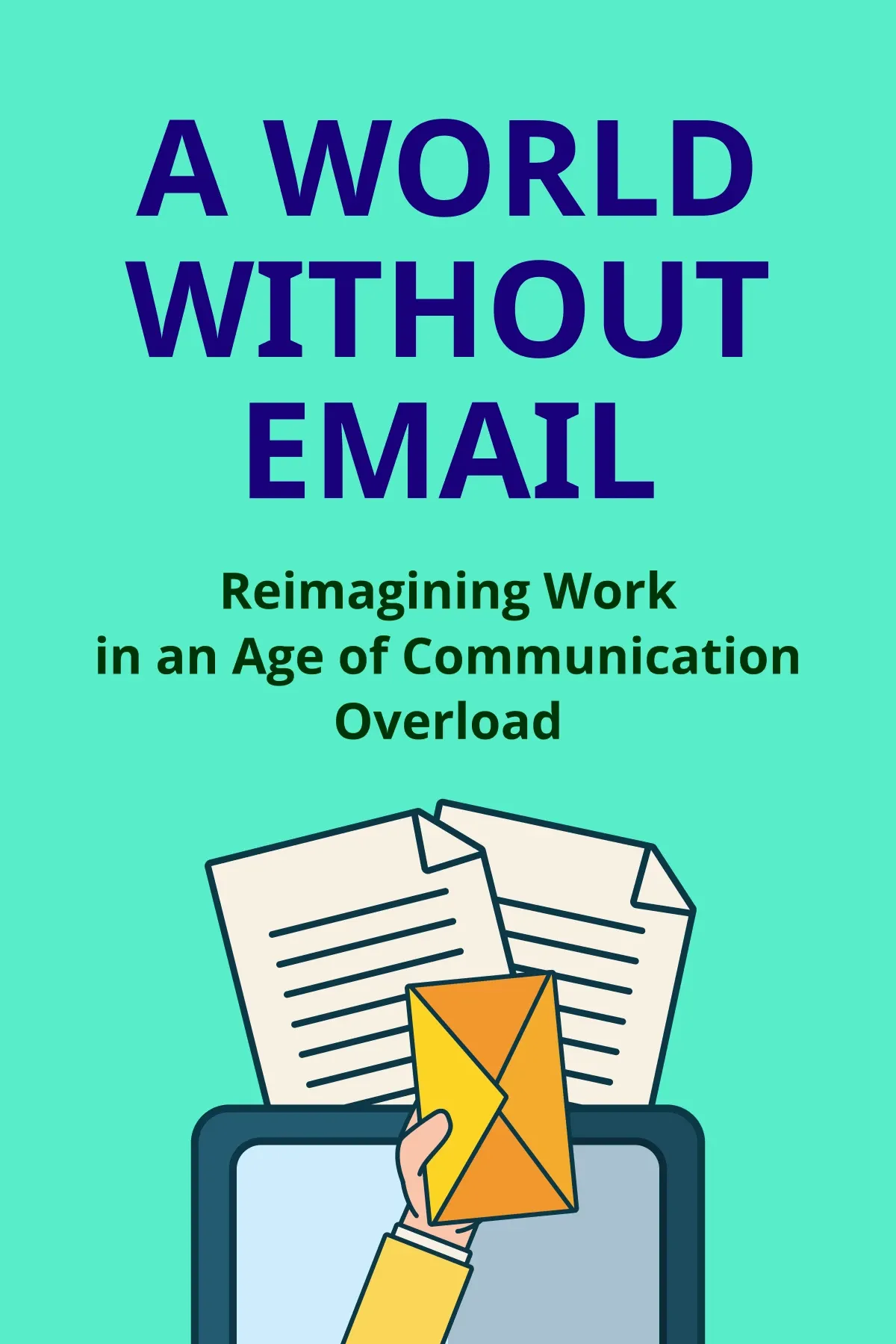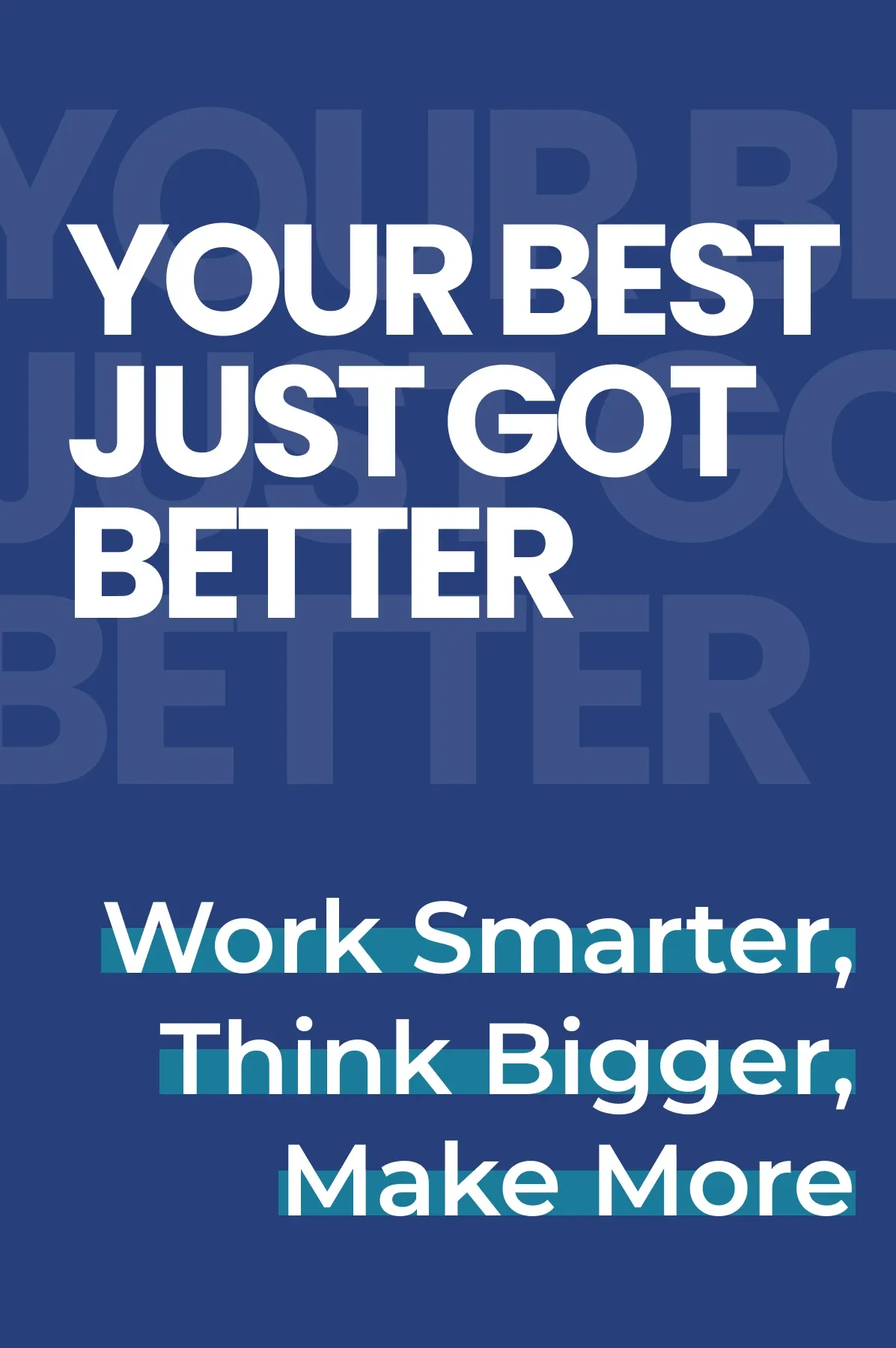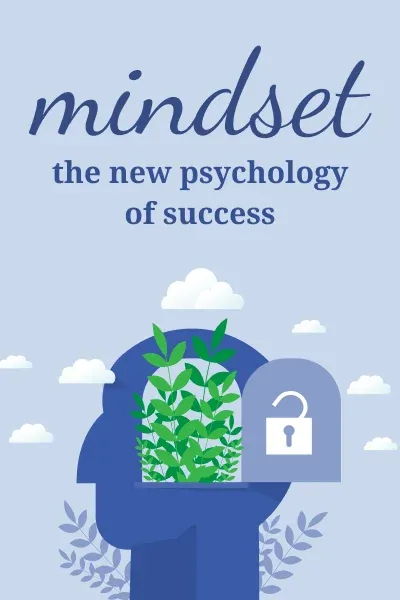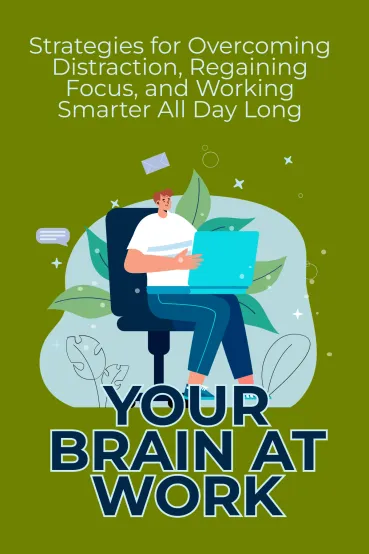
Your Brain at Work
Brief Summary
“Your Brain at Work” (2009) lays out a comprehensive strategy for maximizing brain power. Are you looking for helpful advice on how to manage your cognitive processes? Through engaging explanations and practical examples, David Rock helps readers understand how to allocate their mental resources better, enhance focus, and improve productivity.
Key points
Key idea 1 of 8
According to research by George A. Miller and Nelson Cowan, our brain can focus on only four things at the same time. And even this is not an indisputable fact because a lot depends on the complexity of these things. By understanding that our brains are quite limited, we can better allocate attention and coordinate tasks more efficiently.
Imagine that your brain is a small apartment, and you wish to arrange its contents in an organized manner. What methods can be used to do this? The process of simplification is a powerful tool for this. Try to prioritize your tasks or at least transform them into main elements. For example, suppose you are organizing a business meeting. In that case, you can put this organization into such steps as finding a place, communicating with the team, and writing the program for the event.
Another effective way to coordinate tasks is chunking. Separate blocks of information are divided into groups and become easier to perceive. Try this experiment: memorize a string of ten digits, 3659238362, first as a single sequence. Then try to memorize another one, 7238115649, but this time put numbers into pairs: 72 38 11 56 49. You'll likely find the second method easier, reflecting how our brains chunk information into digestible bits for more efficient learning.
David Rock uses the metaphor of a "mental stage" to depict the workings of the brain. He compares thoughts and feelings to actors that come and go on a stage. This idea shows that our brain can only handle a few "actors" or tasks simultaneously, just like a stage. So, do not transfer all your attention to details and small elements. Instead, it is better to focus on the priority task in front of you.
Take, for example, the preparation of an extensive annual company report. The sheer volume of information can be overwhelming. However, we can simplify the process by dividing the report into sections — goals, tasks, and thematic parts. This approach ensures faster and more efficient report processing.
Remember, the key to productivity lies in effective task management. Simplify, chunk, and maintain focus on the bigger picture. By adopting these techniques, we can make the most of our cognitive “apartment” and work smarter, not harder.
You may also like these summaries



